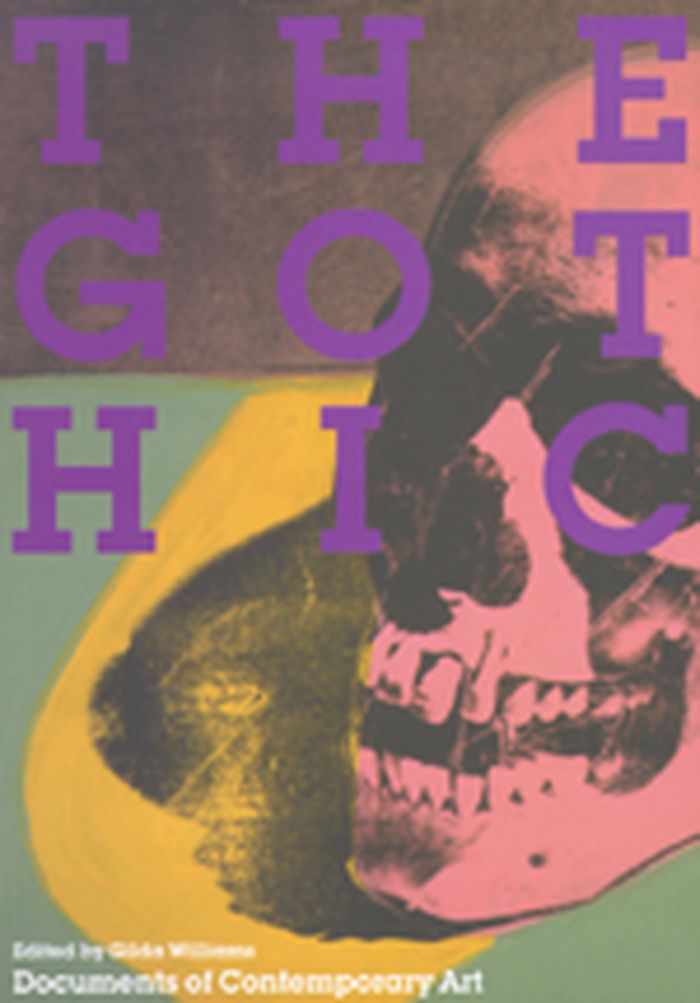livres
$71.95
(disponible sur commande)
Résumé:
One of the most profound thinkers of the modern age, Friedrich Wilhelm Nietzsche (1844-1900) has been the subject of volumes of literature that document his life and work. Until now there has been no in-depth study devoted to Nietzsche's thoughts and impact on architecture, (...)
Nietzsche and an architecture of our minds
Actions:
Prix:
$71.95
(disponible sur commande)
Résumé:
One of the most profound thinkers of the modern age, Friedrich Wilhelm Nietzsche (1844-1900) has been the subject of volumes of literature that document his life and work. Until now there has been no in-depth study devoted to Nietzsche's thoughts and impact on architecture, specifically his far-reaching notion of an architecture commensurate with the modern mind. In the essays that comprise this book, thirteen contributors from a wide variety of disciplines (including art history, architecture and architectural theory, literature, philosophy, and city planning) assess the relationship of Nietzschean philosophy to art and architecture, elucidate frequent misunderstandings, and determine patterns of influence. The book is divided into three parts: "The Metaphors of Architecture," "Between Art, Literature, and Architecture," and "Nietzsche and the Architects." Contributors include Paolo Baldacci, the Giorgio and Isa de Chirico Foundation, Rome; Hanne Bergius, Hochschule fur Kunst und Design Burg Giebichenstein, Halle, Germany; Rolf Bothe, Kunstsammlungen zu Weimar, Germany; Claudia Brodsky Lacour, Princeton University; Tilmann Buddensieg, Humbolt-Universität Berlin; Jean-Louis Cohen, Université de Paris and Institute of Fine Arts, New York University; Karsten Harries, Yale University; Werner Hofmann, Germany; Fritz Neumeyer, Technische Universität Berlin; Léon Ploegaerts, University of Ottawa, Canada; and Anthony Vidler, University of California at Los Angeles. Edited by Alexandre Kostka and Irving Wohlfarth.
livres
juillet 1999, Los Angeles
Théorie de l’architecture
$34.50
(disponible sur commande)
Résumé:
"Transmission: the art of Matta and Gordon Matta-Clark" presents the first comprehensive examination of the overlapping spheres of art and architecture in the work of two pioneering father and son artists: the Surrealist painter Matta (Roberto Sebastin Antonio Matta Echaurren) (1912-2002) and the multifaceted urban Conceptualist Gordon Matta-Clark (1943-1978). Organized(...)
Transmission : the art of Matta and Gordon Matta-Clark
Actions:
Prix:
$34.50
(disponible sur commande)
Résumé:
"Transmission: the art of Matta and Gordon Matta-Clark" presents the first comprehensive examination of the overlapping spheres of art and architecture in the work of two pioneering father and son artists: the Surrealist painter Matta (Roberto Sebastin Antonio Matta Echaurren) (1912-2002) and the multifaceted urban Conceptualist Gordon Matta-Clark (1943-1978). Organized by Betti-Sue Hertz, "Transmission" offers new perspectives on the impact of Matta's role in the development of late Surrealism and Matta-Clark's influence on the 1970s SoHo art scene. Both artists were originally trained as architects, and though they ostensibly rejected the profession in favor of art, each relied strongly on concepts of architectural space as they forged new practices in art. This illustrated publication compares Matta's metaphysical concepts and gestural pictorial practice with Matta-Clark's conceptually driven drawings and cut buildings; illustrates how aspects of Surrealism, especially as filtered through the work of Marcel Duchamp, were adopted by Matta-Clark and his circle; and explores the commonalities and differences in Matta's depictions of interior mindscapes and Matta-Clark's physical actions on buildings in the urban milieu. The catalogue presents essays and research by art historian Briony Fer, art critic Justo Pastor Mellado, architectural theorist Anthony Vidler, and the San Diego Museum of Art's curator of contemporary art, Betti-Sue Hertz.
The gothic
$23.95
(disponible sur commande)
Résumé:
This collection of writings examines the pervasive and influential role of "the Gothic" in contemporary visual culture. The contemporary Gothic in art is informed as much by the stock themes of the eighteenth- and nineteenth-century Gothic novel as it is by more recent permutations of the Gothic in horror film theory, Lacanian psychoanalysis, and Goth subcultures. This(...)
Théorie de l’art
octobre 2007, Whitechapel London Cambridge
The gothic
Actions:
Prix:
$23.95
(disponible sur commande)
Résumé:
This collection of writings examines the pervasive and influential role of "the Gothic" in contemporary visual culture. The contemporary Gothic in art is informed as much by the stock themes of the eighteenth- and nineteenth-century Gothic novel as it is by more recent permutations of the Gothic in horror film theory, Lacanian psychoanalysis, and Goth subcultures. This reader from London's Whitechapel Gallery brings together artists as different as Matthew Barney, Gregor Schneider, Louise Bourgeois, and Douglas Gordon; its intent is not to use "the Gothic" to group together dissimilar artists but rather to shed light on a particular understanding of their practice. Anthony Vidler looks at ideas of the uncanny to explore Rachel Whiteread's House, and Jeff Wall uses the motif of vampirism to analyze fellow artist Dan Graham's Kammerspell; Hal Foster considers Robert Gober's recent work--laden with Christian symbolism, criticism of America as a nexus of power, and fragmented bodies--as an updated American Gothic, and Kobena Mercer examines the Gothic's depiction of the Other in relation to Michael Jackson's pop video Thriller. Texts by artists including Mike Kelley, Damien Hirst, Tacita Dean, Jonathan Meese, and Catherine Sullivan are complemented by extracts from Walpole's genre-establishing gothic novel The Castle of Otranto, William Gibson, Bret Easton Ellis, and Stephen King, among others, and theoretical writings by such key thinkers as Carol Clover, Beatriz Colomina, Julia Kristeva, Eve Kosofsky Sedgwick, Marina Warner, and Slavoj Zizek. The Gothic provides the first comprehensive overview of the uses of Gothic in contemporary visual culture.
Théorie de l’art

